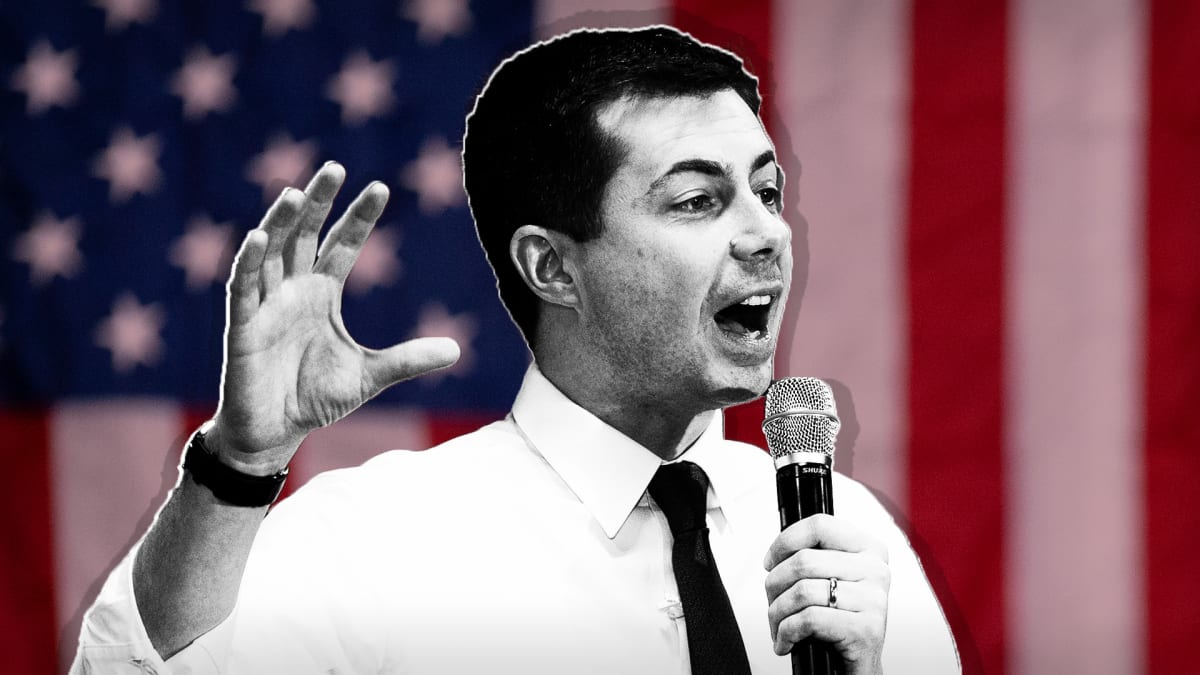
Following a number of near collisions, Transportation Secretary Pete Buttigieg has called for his agency and the aviation industry to get to the bottom of why there have been “more mistakes than usual” of late.
The last major U.S. airline crash was on February 12, 2009, when Colgan Air Flight 3407 crashed near Buffalo, New York, killing all 49 on board and a person on the ground.
Don’t Miss: United Airlines Signals an Impending Loss
But following a number of near miss collisions and other troubling incidents, including two United Airlines (UAL) planes making contact on the ground at Boston Logan International Airport, an incident at Logan Airport when a Learjet and a JetBlue (JBLU) flight nearly collided and a Southwest Airlines flight from Raleigh-Durham reportedly dropping as low as 1,350 feet (much vomiting ensued), all eyes are on airlines safety at the moment.
'An Uptick In Serious Close Calls'
Speaking at a safety summit called by Billy Nolen, the acting head of the Federal Aviation Administration, the Secretary noted that “while the data remains clear that aviation remains an exceptionally safe form of travel, we take nothing for granted and we are particularly concerned because we have seen an uptick in serious close calls.”
The summit brings together parties from across the aviation industry, including airlines, airports, unions, safety regulators and more to take the pulse of the industry and to identify problems before they grow out of control. One of the key concerns at the moment is the lack of cockpit voice recordings for the recent near misses.
Action Alerts PLUS offers expert portfolio guidance to help you make informed investing decisions. Sign up now.
The incidents from this year “all have one thing in common, the cockpit voice recorders were all overwritten,” said Jennifer Homendy, the chair of the National Transportation Safety Board. Since 2018, her agency has recommended that planes be equipped with a cockpit voice recorder capable of storing at least 25 hours worth of audio.
“Too often we’ve seen the federal government and industry act after an incident, after lives are lost, once headlines are made,” Homendy added. “Our entire mission at the NTSB is to prevent that next accident.”
Homendy said that high turnover in the aviation industry since the pandemic, an increasingly congested airspace and the lack of adopting seven NTSB recommendations related to airport runways are all contributing factors to the troubling pattern of near collisions that contributed to the need for Wednesday’s summit.
The main cause for the increase in incidents is, in Homendy’s view, understaffing across the industry due to the pandemic, increasingly congested airspace and a number of NTSB recommendations that have not yet been implemented.







